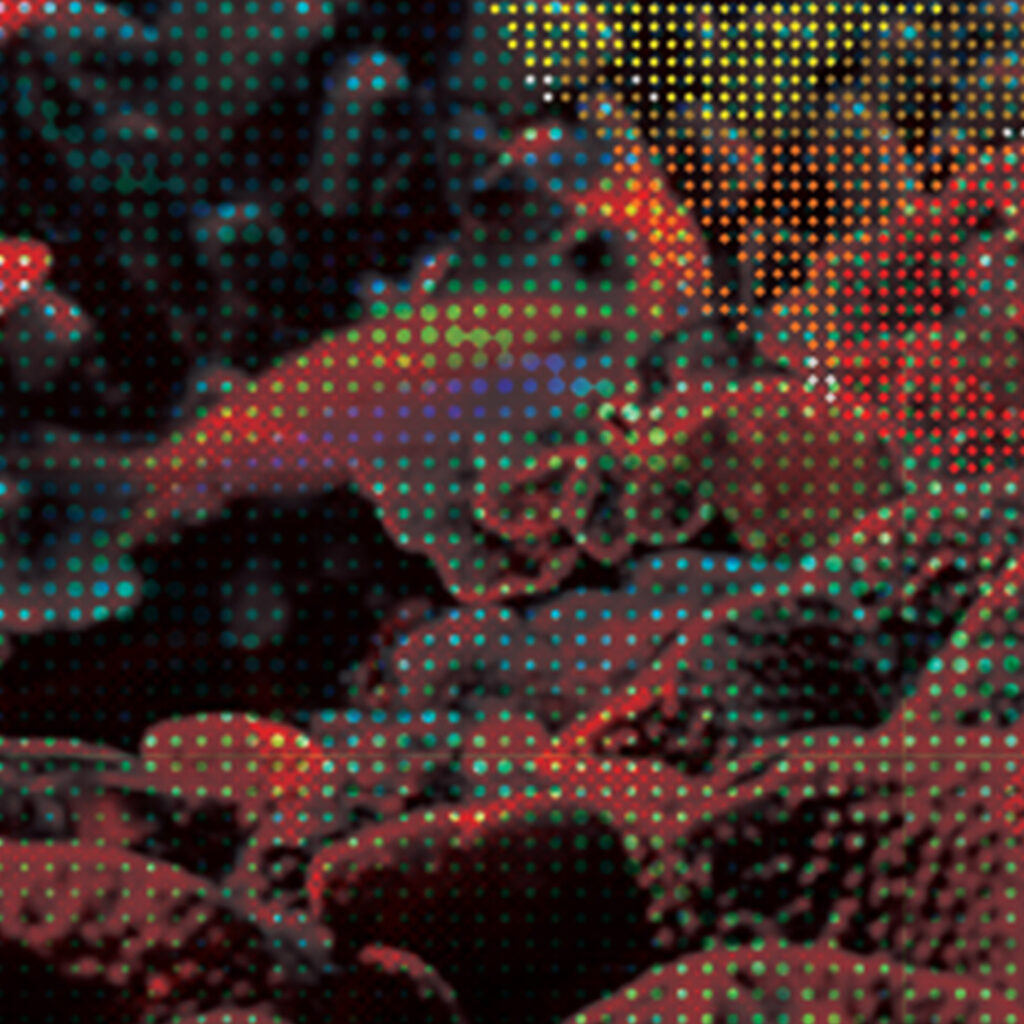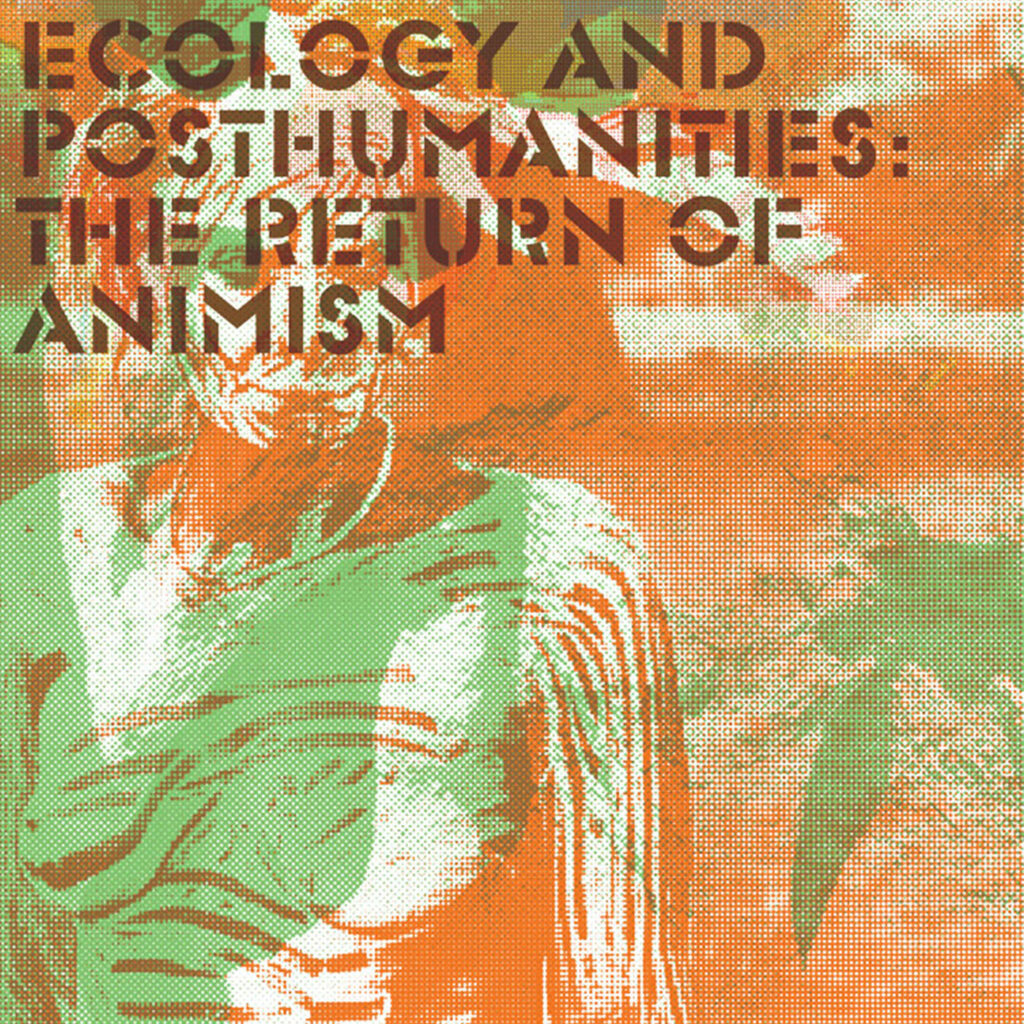Categories
Ann McGrathJumping the Holocene: Lady Mungo, Her Afterlife, and a Place of Deep Time in Human History
Friday, May 23, 2014, 3:30pmIn 1969, scientists encountered the ancient burial of a woman now known as Mungo Lady or Lady Mungo. Dated to 42,000 BP, her partially cremated remains emerged in the erosive dry landscape of Lake Mungo, which is part of an ancient salt lakes system in southwestern New South Wales, Australia. A later track-way of human footprints also surfaced in the vicinity. The periodization of this place is not biographical or genealogical, but climatic, with a Pleistocene stratigraphy enabling visitors to observe color-differentiated layers of time.
This lecture explores themes arising from Lady Mungo’s “afterlife”. Players include geomorphologists, archaeologists, dating experts, parks managers, graziers, tourists, artists and musicians. Significantly, the Indigenous people of the area—the Mutthi Mutthi, Njaampa and Barkinji—actively imagine this woman as a powerful force in the landscape. Diverse people yearn to connect, to gain some form of direct knowledge, insight, or kinship with her. Conflicts arise over bones, science, colonialism and modernity.
Responding to the call of historians such as Daniel Smail, Dipesh Chakrabarty, and David Armitage to expand the scope and scale of history and of historical time, this Lecture considers how the history discipline might rise to deep time challenges in order to create stories of global relevance. The habit of historians of handing over deep time histories to prehistory and archaeology requires reconsideration. By the same token, can we reject the assertion that such studies will inevitably remain histories of the present? Possibly the meanings of Lady Mungo’s history are best understood by looking at the last 40 years, or the last 200 years, rather than the last 40,000. Is it right to jump all that goes between—to jump the Holocene?
Ann McGrath is a Professor of History at the Australian National University and Director of the Australian Centre for Indigenous History. She is the Louise and John Steffens Founders’ Circle Member 2013-4, School of Social Science, Institute for Advanced Study, Princeton. She was awarded an Order of Australia Medal and holds an Honorary Doctorate from Linneaus University, Sweden. Her publications include Born in the Cattle: Aborigines in Cattle Country (Allen & Unwin, Sydney, 1987; ACLS Humanities E-Book), and she co-authored (with Ann Curthoys) How to write history that people want to read (New York, Palgrave, 2011). She has produced and co-directed films, including A Frontier Conversation(Ronin Films, 2006) and Message from Mungo (Ronin Films, 2014). Her current projects include a digital history project on Deepening Histories of Place: Landscapes of National and International Significance and a book project about an Aboriginal woman who lived up to 50,000 years ago at Lake Mungo.




